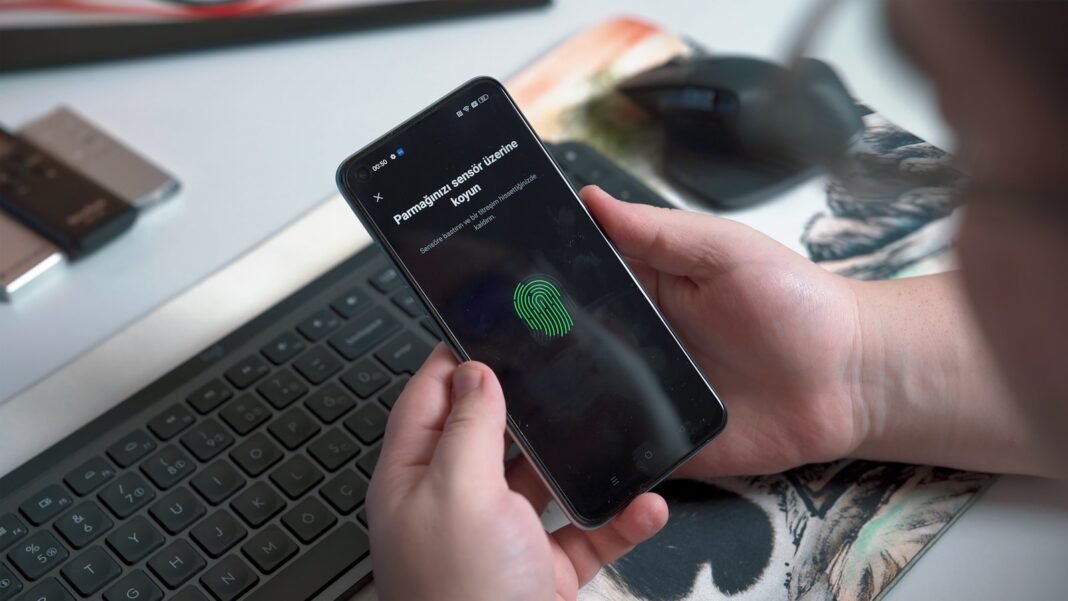In an increasingly digital world, proving who you are online has become both essential and complicated. Passwords, security questions, and centralized databases are prone to breaches, leaving personal data vulnerable. This is where blockchain identity solutions come into play, offering a decentralized, secure, and user-controlled way to manage digital identities.
One of the most promising developments in this space is DID systems (Decentralized Identifiers), which leverage blockchain to give individuals full ownership of their identity without relying on third-party providers. But how does it all work, and is it truly the future of digital identity?
In this blog, we’ll explore how blockchain is transforming identity verification, the benefits and challenges of DID systems, and what this means for privacy and security in the digital age.
Also Read: CEX vs DEX: Which Crypto Exchange Is Right for You?
The Problem with Traditional Digital Identity Systems
Most online identity systems today depend on centralized authorities, governments, banks, or tech companies to verify and store personal data. This creates several issues:
- Security Risks: Centralized databases are prime targets for hackers. Massive data breaches have exposed millions of identities, leading to fraud and identity theft.
- Lack of User Control: Users don’t truly own their data. Companies can share, sell, or lose personal information without consent.
- Inefficiency: Verifying identity across different platforms is slow and repetitive, requiring multiple logins and verifications.
Blockchain offers a solution by decentralizing identity management, putting users back in control.
Also Read: Crypto Wallets: Hot vs Cold Storage Comparison
How Blockchain Identity Works
At its core, blockchain identity relies on three key components:
1. Decentralized Identifiers (DIDs)
DIDs are unique, self-owned identifiers stored on a blockchain. Unlike traditional usernames or emails tied to a central provider (like Google or Facebook), DIDs are controlled entirely by the user. They allow individuals to prove their identity without revealing unnecessary personal details.
2. Verifiable Credentials
These are digital versions of real-world credentials (like passports or driver’s licenses) cryptographically signed by issuers (governments, universities, employers). Since they’re stored on a blockchain, they can be instantly verified without contacting the issuing authority.
3. Zero-Knowledge Proofs (ZKPs)
This advanced cryptography allows users to prove they have certain credentials (like being over 18) without revealing the actual data (their birthdate). This enhances privacy while maintaining trust.
Together, these elements create a secure, tamper-proof identity system where users share only what’s necessary, no more, no less.
Also Read: How to Buy Bitcoin: Step‑by‑Step Tutorial

Benefits of Blockchain-Powered Digital Identity
1. Enhanced Security and Fraud Prevention
Blockchain’s immutability ensures that once an identity record is created, it cannot be altered or forged. This drastically reduces identity theft and fake credentials.
2. User Ownership and Privacy
With DID systems, individuals hold their identity keys instead of depending on corporations. They choose what information to share and with whom, minimizing data exposure.
3. Seamless Cross-Platform Verification
Blockchain identity eliminates the need for repeated KYC (Know Your Customer) checks. Once verified, users can authenticate across services without resubmitting documents.
4. Reduced Costs for Businesses
Companies spend billions on identity verification processes. Blockchain streamlines this, cutting down on fraud-related losses and administrative overhead.
Challenges and Limitations
While blockchain identity holds immense promise, it’s not without hurdles:
1. Adoption and Standardization
For DID systems to work globally, governments and enterprises must agree on common standards. Currently, different blockchains and protocols create fragmentation.
2. Recovery of Lost Keys
If a user loses their private key (like a crypto wallet), recovering their identity becomes difficult. Solutions like multi-signature wallets or social recovery are being explored.
3. Regulatory Uncertainty
Laws around digital identity vary by country. Some governments may resist decentralized systems to maintain control over identity verification.
4. Scalability Concerns
Handling millions of identity transactions requires high-throughput blockchains. Current networks may struggle with mass adoption.
Also Read: How to Buy Ethereum: The Complete Beginner’s Guide
Real-World Use Cases of Blockchain Identity
Several organizations and governments are already experimenting with blockchain-based identity solutions:
- Self-Sovereign Identity (SSI) Platforms: Projects like Sovrin and uPort allow users to create and manage their DIDs, enabling secure logins and credential sharing.
- Border Control and Travel: Airlines and immigration authorities are testing blockchain to streamline passport checks, reducing wait times while enhancing security.
- Healthcare: Patients can securely share medical records with doctors via blockchain, ensuring data integrity and privacy.
- Banking and Finance: Banks use blockchain identity to simplify customer onboarding and comply with anti-money laundering (AML) regulations more efficiently.
These examples show that blockchain identity isn’t just theoretical, it’s being actively developed and deployed.
Also Read: How to Pick the Right Crypto Exchange & Trading Platform
The Future of Digital Identity
As cyber threats grow and data privacy becomes a top concern, decentralized identity solutions are gaining traction. Here’s what the future might hold:
- Wider Adoption by Governments: Countries may issue national IDs on blockchain, reducing bureaucracy and fraud.
- Integration with IoT Devices: Smart devices (like cars or home assistants) could use DID systems to authenticate users securely.
- Decentralized Social Media: Platforms could let users log in without surrendering personal data to tech giants.
However, achieving this vision requires collaboration between technologists, regulators, and businesses to ensure security, usability, and fairness.
Final Thoughts
Blockchain-powered digital identity represents a paradigm shift, from corporations controlling personal data to individuals owning and managing their own identities. DID systems offer a more secure, private, and efficient way to navigate the digital world, but challenges like adoption and key management remain.
As the technology matures, we may see a future where proving your identity online is as simple, secure, and seamless as unlocking your phone, without sacrificing privacy.

